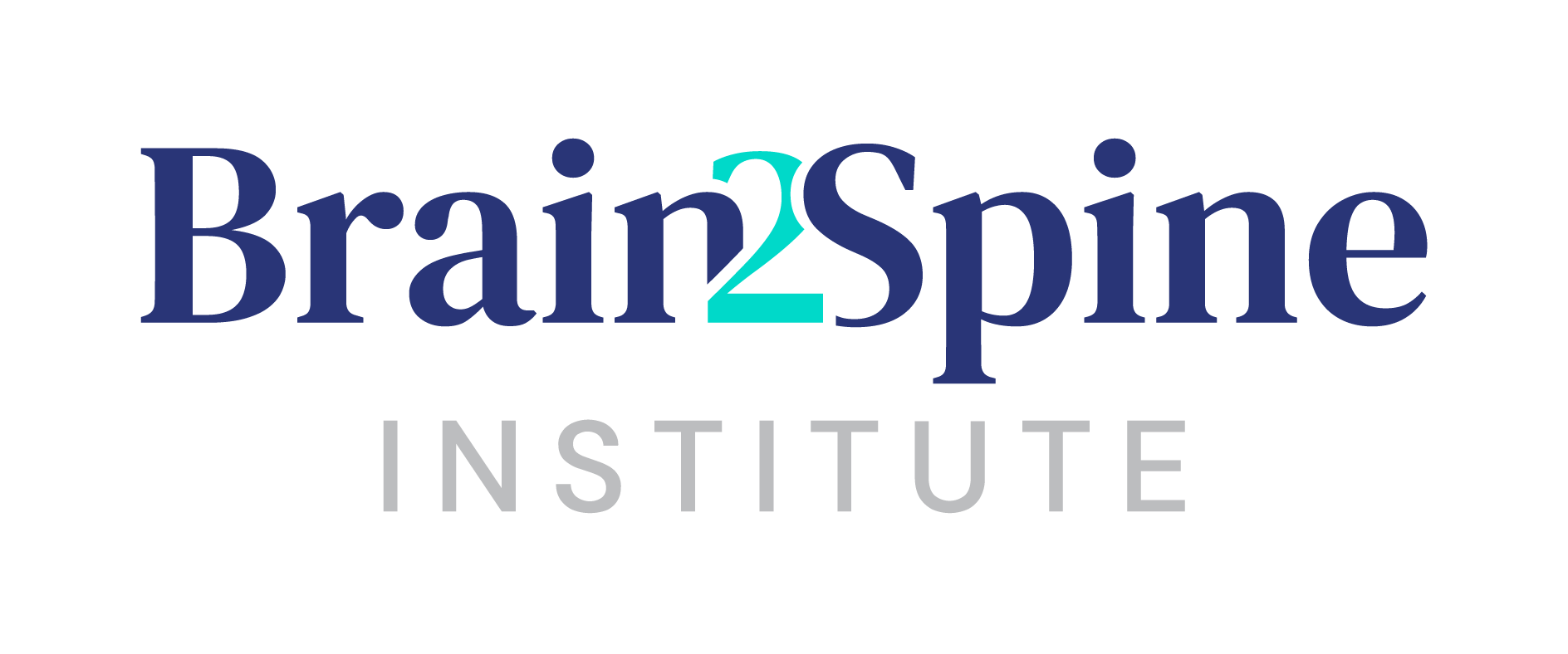Osteopenia refers to a loss of bone mass. It is not as severe as osteoporosis, but osteopenia serves as a risk factor for developing osteoporosis. The differentiation between osteopenia and osteoporosis lies in the measurement of bone mineral density. A T-score of -1 to -2.5 means the individual has low bone density and will be diagnosed with osteopenia. A t-score of -2.5 or lower means the individual likely has osteoporosis.
Symptoms:
Osteopenia rarely causes symptoms. A proper bone density scan is required to determine if a patient has osteopenia.
The following are the few symptoms that osteopenia may cause:
- Bone pain in one area
- Bone fracture, sometimes without pain
Causes:
Because osteopenia and osteoporosis are caused by thinning bone density, the risk factors are very similar.
Risk factors and causes for osteopenia:
Gender: Women are more likely to develop osteopenia because they start with less bone mass than men. Menopause usually results in loss of bone mass.
Race: Women of Asian and Caucasian descent are at a higher risk of developing osteopenia.
Family history: If a family member has osteopenia or osteoporosis, a patient is 50-85% more likely to develop it.
Age: At the age of 50, most people begin to lose about 0.5% of bone mass every year.
Lifestyle: A poor diet and deficiency in calcium and vitamin D can lead to loss of bone mass. Smoking, caffeine and heavy alcohol use can also contribute.
Medical conditions: Hyperthyroidism, hyperparathyroidism, and Cushing’s syndrome can lead to osteopenia.
Certain Medications: Several medications, like prednisone or phenytoin, can cause bone loss and result in osteopenia.
If you have multiple risk factors for developing osteopenia, you should talk with a doctor about your bone density. Call Brain2Spine Institute today (727) 351-6902.






